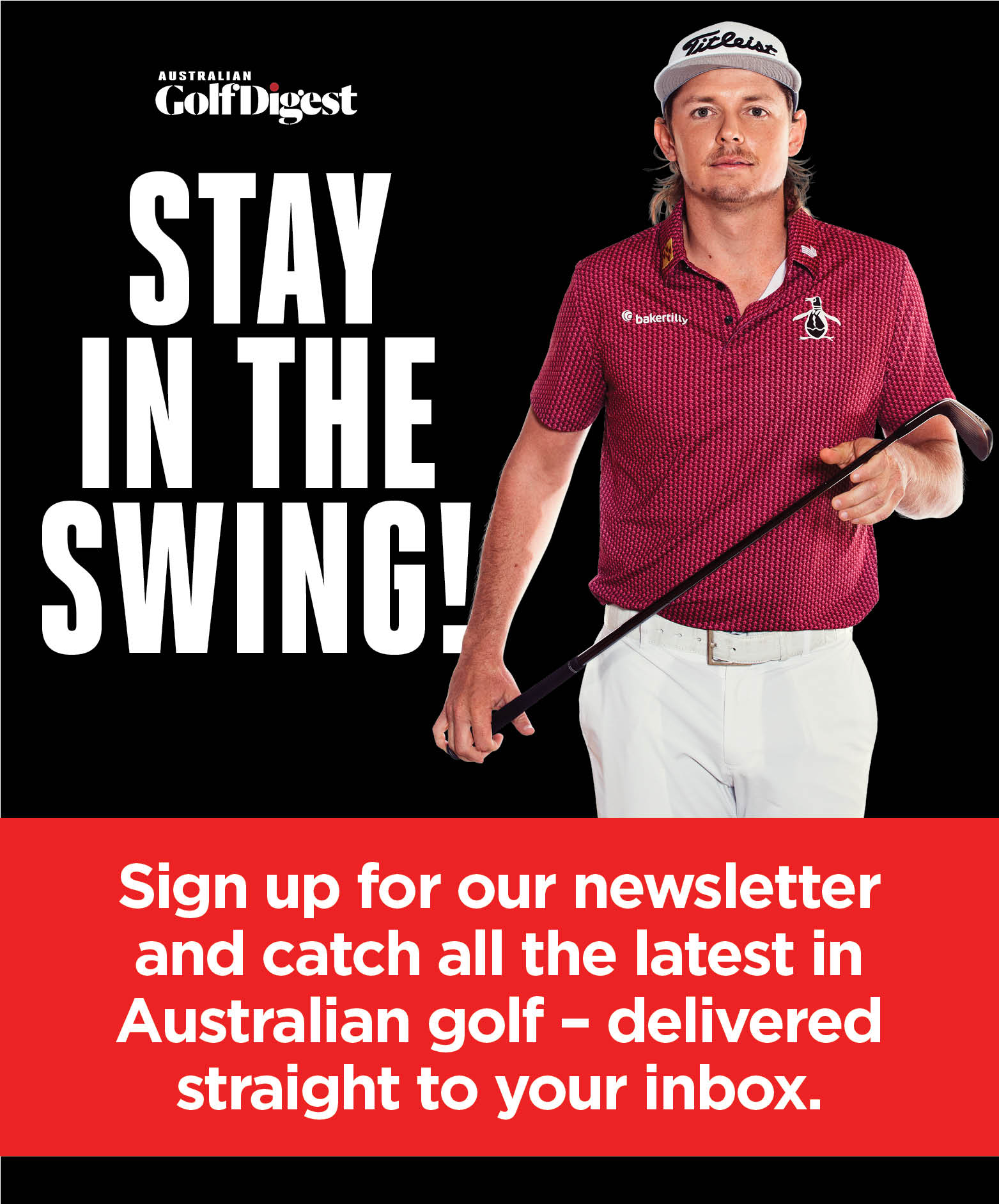I’m often asked by golfers, “Is flexibility or strength more important to improve my swing? Which one should I work on to make me hit the ball farther?” Or they quiz me, “What should I focus on to help my lower back injury?”
These are all good questions and due to masses of information out there – often conflicting – it can be hard to know what sort of exercises you should be doing to achieve results in your game. To be ‘golf-fit’, your body needs to be able to achieve certain positions and this comes from a combination of both flexibility and strength.
Parts of the body are designed to be stable and strong and other parts are designed to be flexible and mobile. Achieving the right balance will give you the ability to get into the positions critical to be a good player. In addition to swinging the club well, you’ll generate more power and will have a better chance at avoiding injury.
Below is LPGA Tour player, Jess Korda whose swing mechanics and overall athleticism is elite. A few key positions are shown and the strength/mobility relationship to achieving each position is also noted. Some parts of the body are required to be both strong and mobile.

Upper Body
Position achieved?
Arms high above head
What is strong?
Back, shoulders
What is mobile?
Chest, shoulders
Middle Body
Position achieved?
A good upper body coil
What is strong?
Shoulders, core
What is mobile?
Thoracic spine, shoulders
Lower Body
Position achieved?
A fully rotated and loaded hip
What is strong?
Legs, glutes, core
What is mobile?
Hips, ankles
If you are finding it challenging to hit the right positions in your swing, it’s likely you possess physical limitations and would benefit from some specific corrective strength and flexibility exercises. Book in with a golf fitness trainer and feel the improvements in your game.
– Lauren Sanft is a Titleist-certified golf fitness instructor and director of Golf Fitness Co. laurensanft.com.au




